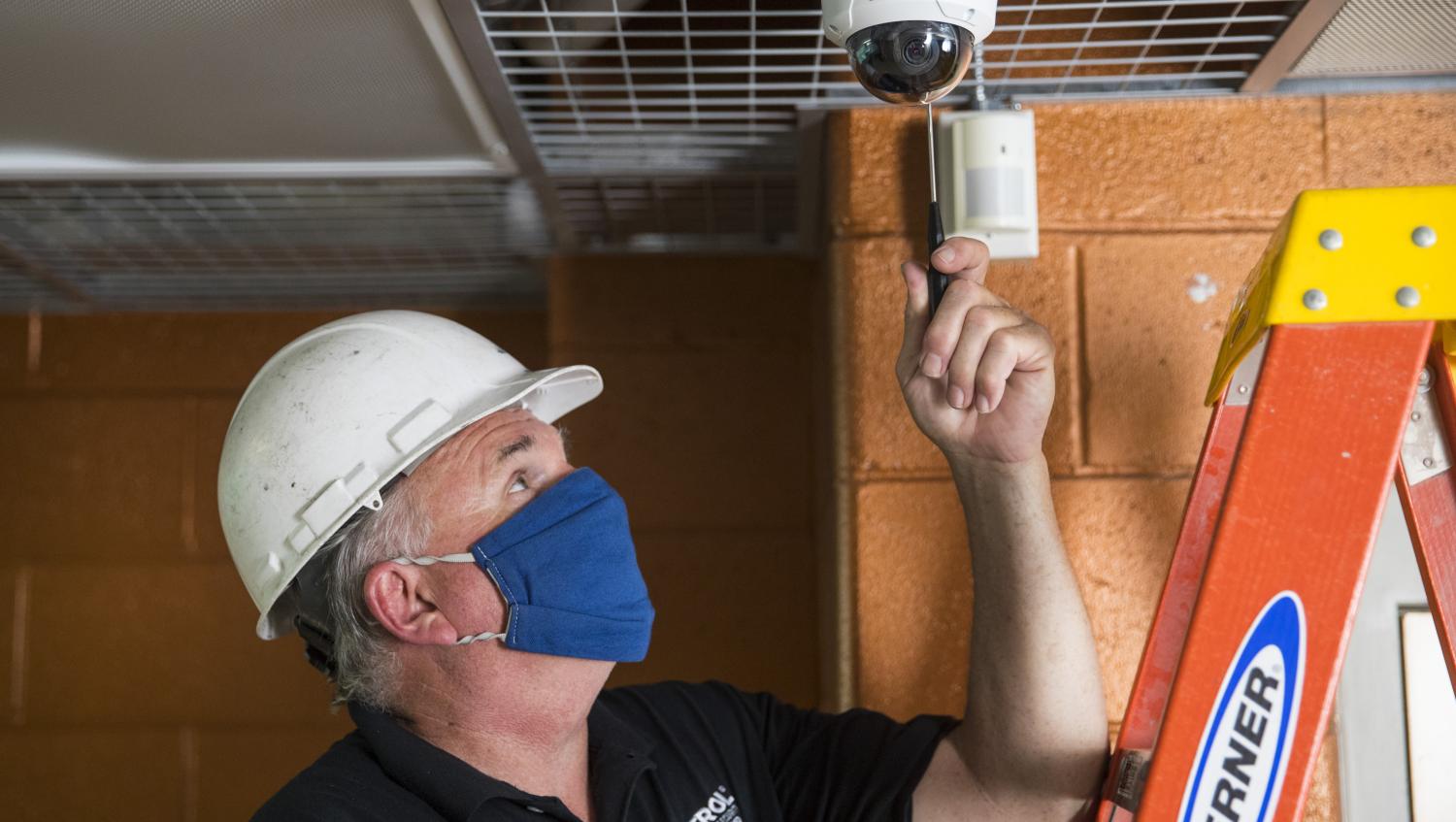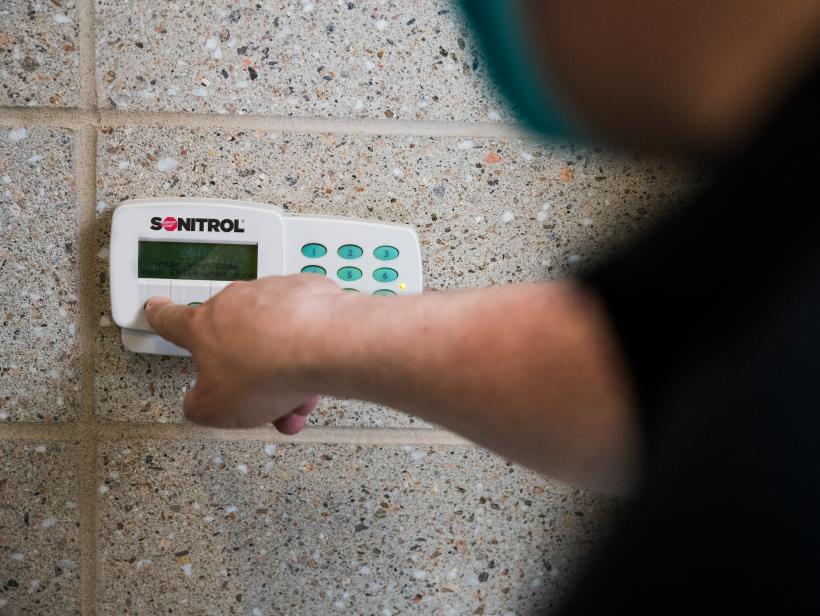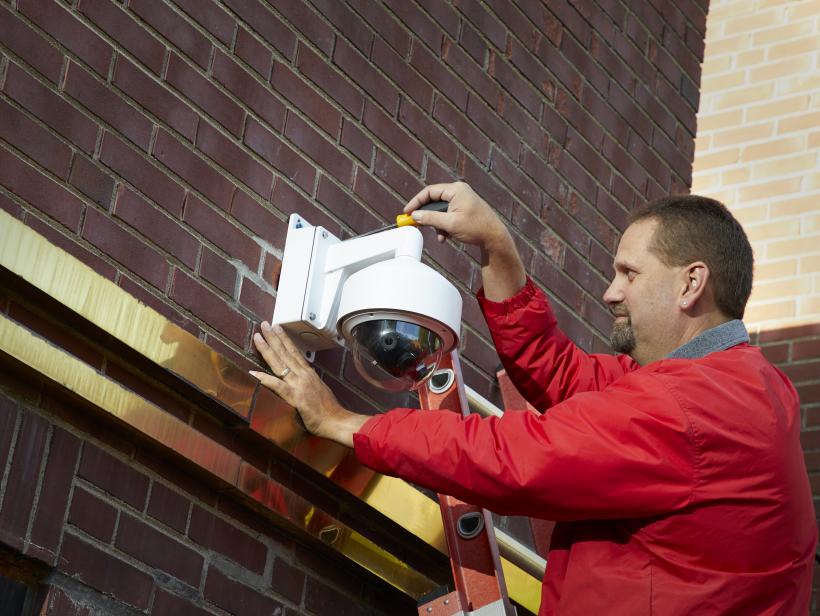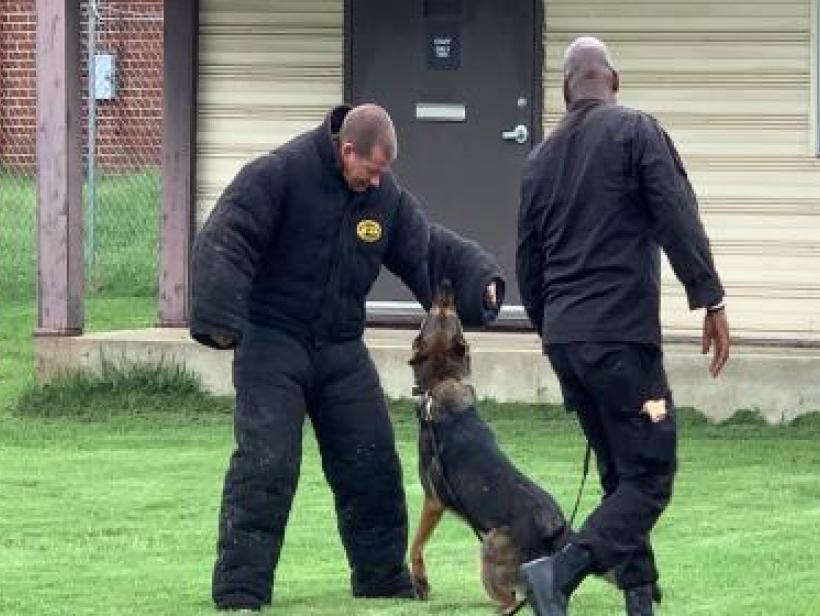SONITROL Sees a Spike in Crime During the COVID-19 Pandemic Across the Country - SONITROL Central Stations are seeing a major spike in crime since March 2020 as the COVID-19 pandemic has shut down non-essential businesses across the United States. Several of SONITROL’s customers are lucky to have 24/7 Central Station Monitoring and audio and video verified security as several cities are seeing a spike in crime, particularly break-ins.
SONITROL Pacific, located majorly in the Northwest, helped apprehend 75 criminals since the beginning of March. They have reported that the number of apprehensions from this time last year has doubled. The SONITROL Kimberlite franchise saw double the crime year over year in March and one of their Central Station dispatchers helped apprehend 15 people in one weekend. The Kimberlite franchise is located majorly in the state of California. Another example, SONITROL of Indianapolis Central Station monitors several customers in the Midwest and saw a huge spike in criminal apprehensions, about 12, in a month span.
Alarm Verification Technology Explained
Police departments across the U.S. have implemented differential response plans amid the continued effort to limit exposure to and spread of COVID-19. These plans state that police will not respond in-person to certain calls, but rather will direct the community to report those issues online or over the phone.
In some cases, breaking-and-entering reports in which there are no suspects or possibility of property recovery will be referred for online or phone reporting. Additionally, theft reports in which there is no possibility of “immediate apprehension or property recovery” and the value stolen is less than $5,000 will be referred for phone reporting.
In the short term, businesses may be wondering how they can use their security technology to verify these incidents, identify suspects, and aid in immediate apprehension or property recovery. For those that use alarm verification solutions, that’s exactly what the technology is intended to do.
So how does it work and what are the benefits? Continue reading to learn more.
How Alarm Verification Technology Works
First, let’s define alarm verification. Alarm verification occurs when a central station operator can clearly determine that humans are present and there is a high probability of a crime in progress.
Video and audio technologies provide information crucial to the verification of crimes in progress and allow the central station operator to quickly confirm human presence and begin the process of assessing threat levels.
This process can lead to a priority dispatch of authorities on a crime in progress and – for audio-verified alarms – has contributed to over 183,000 documented apprehensions, many of them prior to entry.
Despite the complexities involved, alarm verification is pretty straightforward. When a signal is detected, monitoring station specialists can tap into either a video feed at the moment the alarm was tripped (if the location has a video surveillance system) or audio through impact-activated microphones.
These verification systems allow trained personnel to make a judgment call about whether or not a crime is in progress. These specialists can even relay other critical information to law enforcement, such as a description of the situation based on what they are able to see or hear (i.e., number of intruders, method of entry, whether or not they appear armed, etc.).
Benefits of Audio and Video Verification
Integrating audio and video alarm verification into your security systems can give you more control over shielding your business and staff from harm. Here are three key benefits of alarm verification technology:
Improved Usage of Limited Local Police Resources
Over 98% of alarms are false, according to the U.S. Department of Justice – Office of Community Oriented Policing Services. As a result, a growing trend is for jurisdictions around the country to require verification of an actual intruder prior to police dispatch. In many jurisdictions, your business may also incur hefty fines after too many reported false alarms.
However, with alarm verification technology, you – and local law enforcement – can more confidently answer the question, “Does this alarm represent a crime in progress?”
Reducing false alarms helps law enforcement better manage their limited resources, and positive alarm verification provides them with actionable information for their response. This can translate into a more secure location for you and a safer working environment for them.
Priority Police Response
Police arrive on the scene of a traditional alarm within an average of 45 minutes, according to the Salt Lake City Police Department. The high frequency of false alarms has eroded the urgency with which police tend to respond.
If 98% of the alarm reports you responded to turned out to be false, how would that influence the way you respond to these calls over the course of hundreds or thousands of false alarms? You might take your time responding or view the alarm as a lower priority and not even get a chance to respond at all.
Providing actionable, quality intelligence that verifies a crime in progress to local law enforcement can mean faster response times in the event of an alarm, and a greater security safety-net for your business.
Decreased Business Losses and Increased Apprehension Rates
Apprehension rates for traditional alarms are so low (less than 1%, according to the National Academy Associate Magazine of the FBI) that there is typically a low probability of you recovering your business losses.
However, with alarm verification, the police may respond with higher priority and arrive on-scene quicker – potentially enhancing the probability of apprehension and reducing business losses from theft and damage.
Integrating video and audio alarm verification into your security systems sidesteps the potential pitfalls of false alarm fines and slower police response times. Additionally, in today’s environment, this technology can be critical to ensuring police respond in person to crimes at your business and can aid in an immediate apprehension or property recovery.



